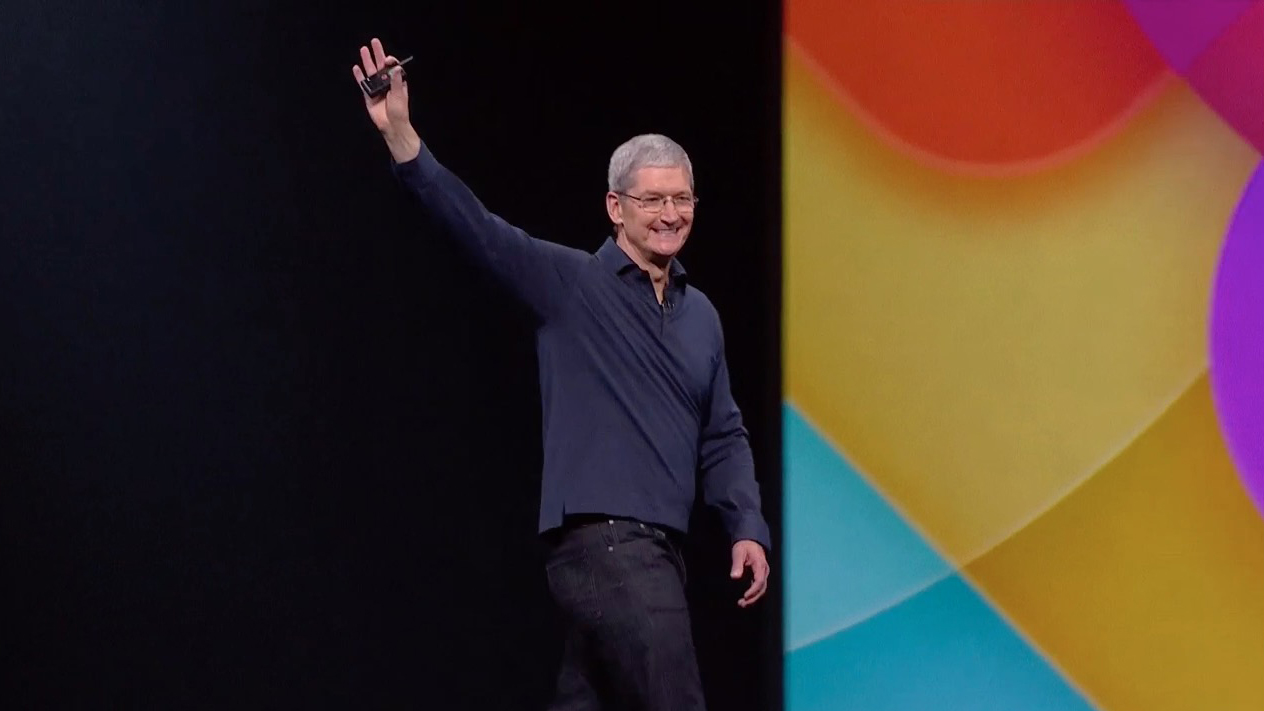Apple's iPhone sales just dipped, but services and wearables are on the way up

The latest Apple earnings report reveals what we suspected: iPhone sales were lower in the first quarter of 2020 than they were in Q1 2019, most likely due to the impact on production and demand due to the coronavirus outbreak. But overall Apple revenue was still up thanks to higher services sales.
The services category includes the App Store, Apple Music, Apple Arcade, and the Apple TV Plus streaming platform, among other offerings, which overall increased the company's sales from $11.4 billion in Q1 2019 to $13.3 billion in Q1 2020. Sales in the wearables and home entertainment category increased, too, from $5.1 billion to $6.2 billion.
In the same comparison, iPhone sales dropped from $31 billion in Q1 2019 to $28.9 billion in the first quarter of 2020.
During the Apple quarterly earnings call, CEO Tim Cook explained how in February, the spread of COVID-19 in China led to closure of Apple stores and decreased demand for iPhones, which led them to retract their quarterly sales estimations. Indeed, sales across the phone industry slumped in February.
That trend likely continued through March, and lockdowns and retail closures for point-of-sale purchases also hurt iPhone sales in the last weeks of the quarter, Apple CFO Luca Maestri added during the call.
Cook went on to trumpet the iPhone SE 2020, which was released at the end of April; given it’s the most affordable iPhone introduced since the iPhone 8 launched in 2017, this might be quiet optimism that the new mid-range handset could offset the sales slump.
- Best iPhones: the top phones on the market
- iPhone SE 2020: the newly-launched mid-range phone is the most affordable iPhone in years
- WWDC 2020: all we know about the annual Apple event
What’s next for Apple in 2020?
But the company’s production may be less impacted by coronavirus than was feared, as it returned to typical levels by the end of March, Cook said on the call. While they reopened some Apple stores in China toward the end of March, and have seen sales there through April, its retail locations in the US are still closed.
Sign up for breaking news, reviews, opinion, top tech deals, and more.
Whether retail locations are open or closed, the big question is whether demand will recover. According to Cook, Apple has seen an uptick in demand across the board in the last two weeks of April as opposed to the first two.
Ergo, just like with the last quarter, Apple won’t be giving revenue guidance for Q3 2020. But in broad estimation, the company still expects iPhone and wearables sales to worsen while anticipating iPad and Mac sales to improve, Maestri said on the call.
And it wouldn't be too outlandish to expect Apple services to continue to bring in more and more revenue: by the end of Q1 2020, it had over 515 million paid subscriptions across its portfolio.
- iPad Pro 2020: our hands-on with the latest and greatest iPad Pro

David is now a mobile reporter at Cnet. Formerly Mobile Editor, US for TechRadar, he covered phones, tablets, and wearables. He still thinks the iPhone 4 is the best-looking smartphone ever made. He's most interested in technology, gaming and culture – and where they overlap and change our lives. His current beat explores how our on-the-go existence is affected by new gadgets, carrier coverage expansions, and corporate strategy shifts.